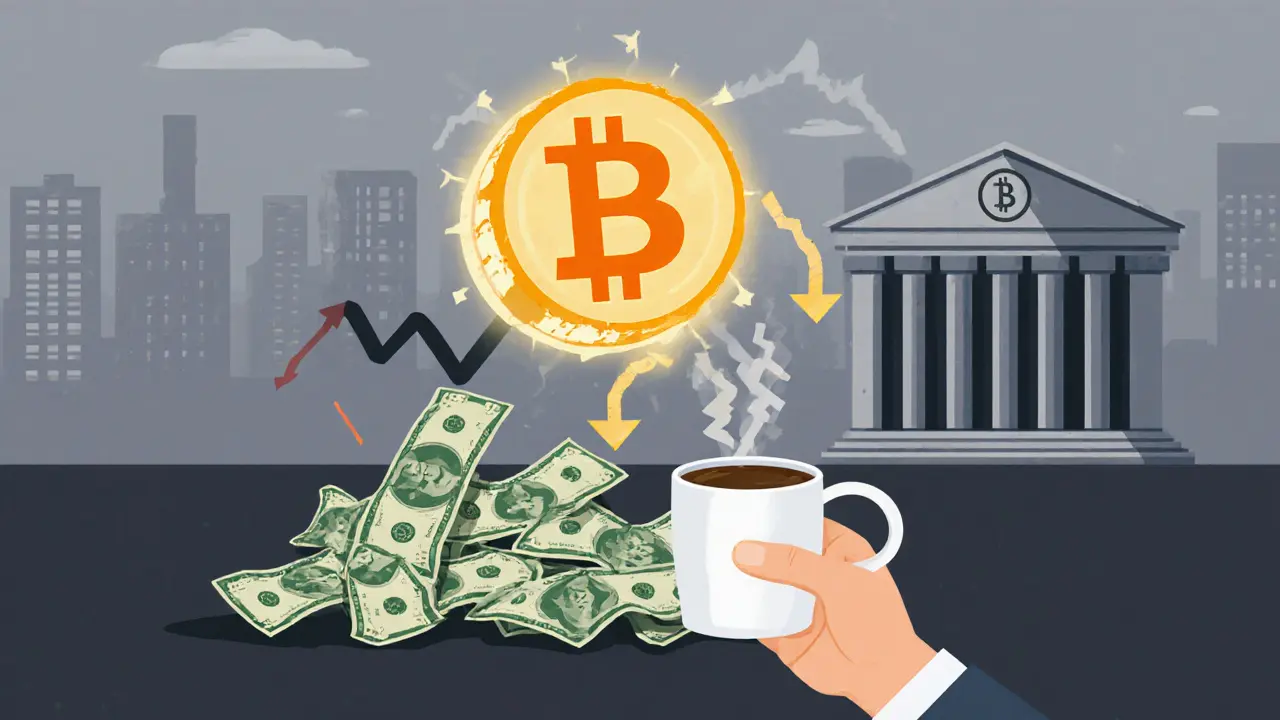Crypto Volatility: What It Is, Why It Matters, and How to Handle It
When you hear crypto volatility, the rapid and often unpredictable price changes in digital assets, you’re not just hearing jargon—you’re hearing the heartbeat of the market. Unlike traditional stocks that move slowly over days or weeks, crypto prices can double or crash in hours. This isn’t a bug—it’s a feature. And if you’re trading, investing, or even just holding, you need to understand how it works, why it happens, and what to do when it hits.
This kind of volatility isn’t random. It’s shaped by real events: a tweet from a big name, a new regulation in Southeast Asia, a liquidity crunch on a decentralized exchange, or even a failed airdrop that turns into a scam. Look at the posts here—projects like Schrödinger (SGR), an AI-powered NFT token with a 90% price drop, or Carlo (CARLO), a Base-chain memecoin with no fundamentals, show how hype and zero transparency fuel wild swings. Meanwhile, platforms like FEG Exchange, a niche DEX with limited liquidity or TomoDEX, a fading exchange with thin trading volume, prove that low liquidity makes volatility worse. When there’s not enough buyers or sellers, even a small trade can send prices spinning.
It’s not all chaos. Some traders use volatility as a tool—flash loans, arbitrage, and DeFi strategies rely on price gaps that only exist because of how fast crypto moves. But for most people, it’s a risk. The UAE’s 0% tax on crypto gains makes holding easier, but it doesn’t stop the price rollercoaster. Nigeria’s underground P2P market thrived during a ban because people needed alternatives, not because the swings were predictable. And when airdrops like HyperGraph (HGT), a fake token project with no official launch or Bird Finance (BIRD), a real DeFi project with real risks show up, volatility spikes as scammers and hopefuls rush in.
What you’ll find below isn’t a list of predictions. It’s a collection of real stories—projects that crashed, exchanges that vanished, airdrops that were scams, and ones that actually delivered. You’ll see how volatility hits different people in different places: a trader in Turkey, a holder in Iran, a developer in India. No fluff. No hype. Just what happened, why it happened, and what you can learn from it. If you’ve ever lost sleep over a price chart, these posts will help you make sense of it all.

